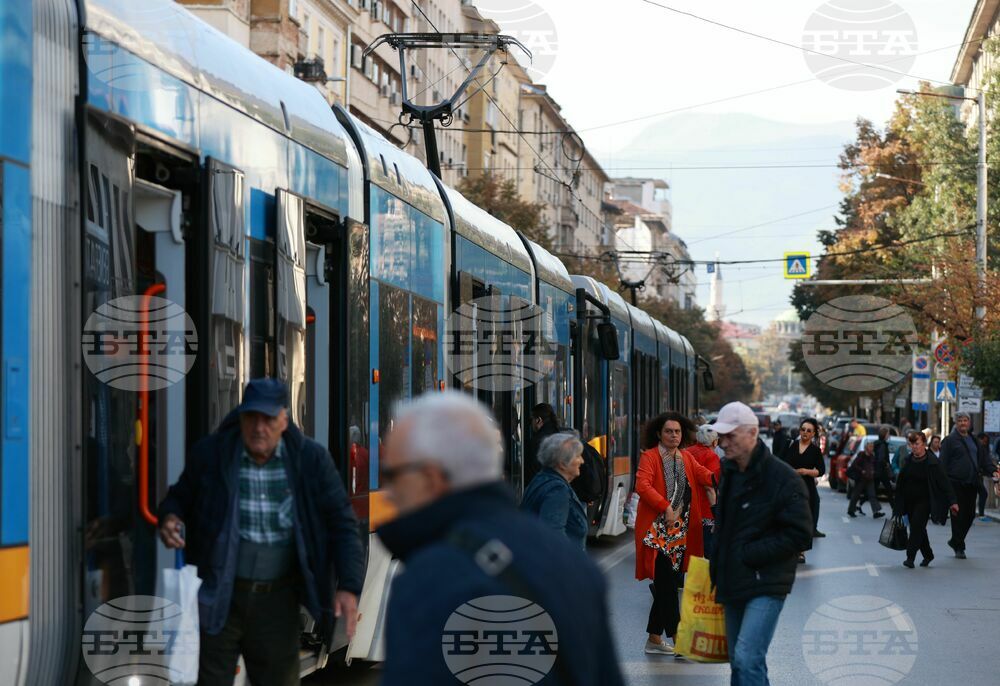site.btaSofia-Pernik-Botevgrad Only High Potential Economic Centre in Bulgaria - Institute for Market Economics Report


Sofia-Pernik-Botevgrad (Western Bulgaria) is the only economic centre with high innovation potential, with the index value three times higher than that of the second largest centre: Plovdiv-Maritsa-Rakovski (Southcentral Bulgaria), the Institute for Market Economics said on Thursday in its report entitled "The innovation potential of the economic centres in Bulgaria".
Varna-Devnya (Northeastern Bulgaria) also stands out, but with a lower index value. Other economic centres, such as Blagoevgrad (Southwestern Bulgaria), Veliko Tarnovo (Northcentral Bulgaria) and Ruse (on the Danube), show medium or low innovation potential. Sofia's main advantages include a large number of universities and scientific institutions, and a high concentration of high-tech companies. Scientific output in the capital is also significantly higher than in other cities, the report says.
A highly educated and skilled population is among the main prerequisites for achieving a high degree of economic development, especially driven by high-tech and innovative businesses. Sofia has the highest share of graduates: 38% of the population or more than twice as many as the centres of the bottom rankings: Kardzhali (Southcentral Bulgaria), Kozloduy (Northwestern), Pazardzhik (East central), Sliven-Yambol (Southeastern), where the share of people with higher education varies between 17-19%. Sofia also leads in the number of PhD students and scientific publications, followed by Plovdiv and Varna.
Companies in the high-tech sectors of the economy are mainly concentrated in Sofia, where 84% of the value added in these sectors is created. Varna and Plovdiv also make some contribution, but far less. At the national level, research and development (R&D) spending will reach BGN 1.27 billion in 2022, with 75% of it generated in Sofia, the report says.
The analysis is based on the latest edition of the IME's special report Economic Centres 4 and assesses the potential for innovation precisely at the economic centre level. Centres are groups of municipalities united on the basis of common economic trends and labour market links. The leading municipalities in the country with a strong economy are categorised as core centres, the associated smaller municipalities as periphery. In the current edition of the analysis, the IME identifies 29 nuclei, and a total of 132 municipalities fall under economic centres.
The report also examines the dynamics of registered patents, utility models and industrial designs as a key outcome of R&D in Bulgaria for the period 2019-2023, revealing the high concentration of patents in Sofia.
/RY/
news.modal.header
news.modal.text